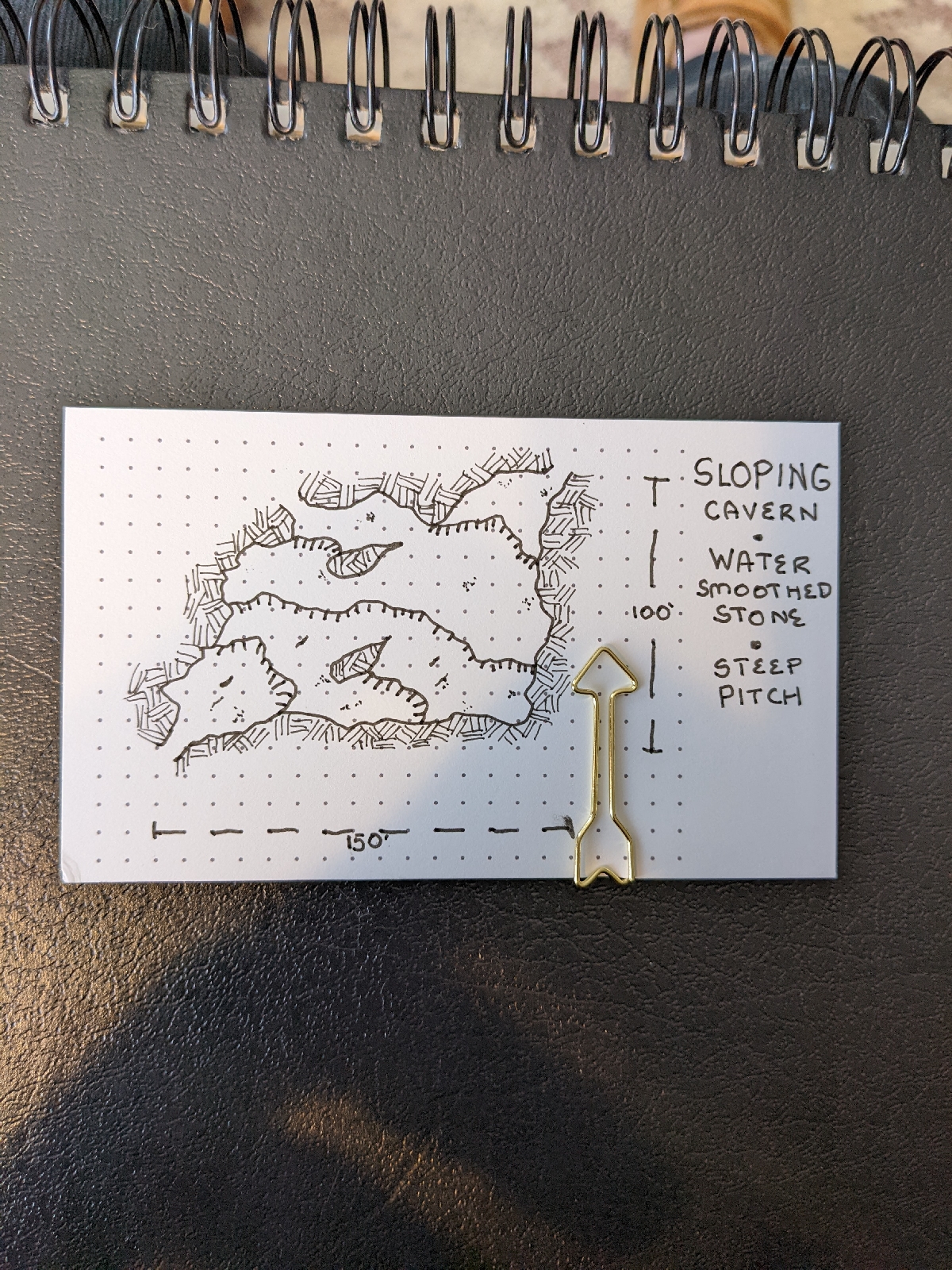25.2.22
Grognard Gripes
20.2.22
Legacy or Dynamic Tables
12.2.22
Makin' Dungeons
3.2.22
FaeCraft: Unique Fae
In the realm of the Fae, the Realm of Light, there are many Fae who function, in game terms, in ways similar to other humanoids, with the range of Crafts available to them. However, in a nod to our game's roots, there are several species of Fae that are their own Craft, in that no other species may access it, they are species specific. There are four in the upcoming volume.
Those That Live Between
Minotaurs
Living symbols of opposition, the cattle that eat meat exemplify contradictions, the crossing of realms, creatures that have lost their way, and a path forward. Minotaurs are massive fierce warriors, dwellers in the Maze, wayfinders, and shamans.
Scavengers
They fill in the cracks, live on the margins, carry messages, and pursue their own way between the Light and the Dark. They are the consummate shapeshifters, stealing and plucking other forms, harboring powers and robbing others of their very forms, feasting on Skin, Blood, Sinew & Bone.
The Small
They are the hunted, the prey, the furtive and the tricky, the quick and the hardly noticeable. Mundane folk see fairies, sprites, brownies, the wee folk, or gremlins. These are a lie, just Poppets designed to fool bigger, slower creatures. The Small are Nests of small animals, disappearing, melting into cover, seeing through all eyes, and hearing through every ear.
Stone Folk
Creatures are not the only shapes that may be inhabited, and the land stretches across the Veil, sediment and stone touch all the Realms. The Stone Folk patiently stride along these veins, bridging the gap, setting the foundation for all the worlds.



